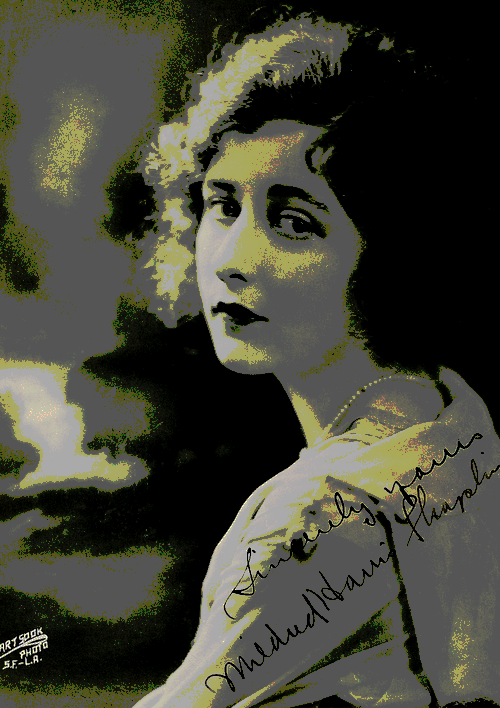
Check out these two videos that demonstrate a variety of very cool traps, or sound effect instruments, that percussionists used in the silent film era to bring realistic sounds to the action on the screen. Theaters hired percussionists to sit behind movie screens and create sounds approximating train whistles, trains, police sirens, horses clomping down the road, and more.
In the first video, William F. Ludwig III, grandson of the co-founder of the Ludwig Drum Company, demonstrates some of the traps manufactured by Ludwig and used for sound effects in in Vaudeville routines, silent movies, and radio shows. Drummer and drum educator Daniel Glass, who uploaded the video, provides more detail:
These traps were used by his grandfather, in the first several decades of the 20th Century. This video was taken at the 2013 Chicago Drum, where WFL III was a special guest in the inaugural “All-Star Drum History Round Table,” hosted by drummer, educator and historian Daniel Glass.
In the second video, watch percussionist, educator, and owner of the world’s largest collection of sound effect instruments Nick White demonstrating some of the very cool traps in his collection. On his website, he provides some historical context:
Sound effect instruments were often used by drummers and were called “traps.” The term came to mean any sort of “contraption” meant to make a unique sound. During the silent era, drummers were often called upon to provide drums and sound effects for silent films. Dramatic scenes with trains crashing, hurricanes bellowing, or even lion’s roaring, played best to the audience when there was a sound effect that matched their ear’s expectations. The need for the instruments faded away with the advent of films with sound, often known as “talkies.” The silent film “trap” instruments directly inspired the sound design of early Disney talking cartoons, and the radio dramas of the golden age of radio.
I recently started learning to play the drums, and have been dipping my toes into some drumming theory and history (here’s a great documentary on the history of the drumset if you’re interested!) so I’m finding these trap demonstrations fascinating. I hope you do, too!

